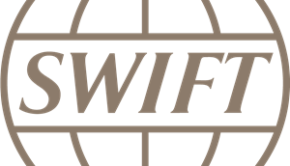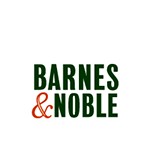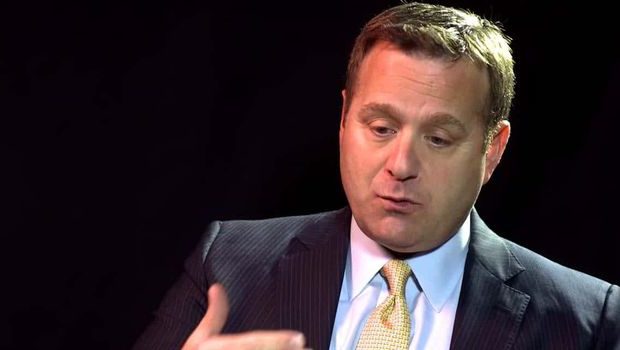Originally started by an icehouse employee selling eggs, milk, and bread from the company storefront, 7-Eleven has grown to be the largest convenience store chain in the world with over 68,000 locations. The company has an estimated annual revenue now in excess of $5 billion.
History
The company began when an employee of the Southland Ice Company, John Jefferson Green, received permission from a company director to sell eggs, milk, and bread from one of the company’s Dallas storefronts. The director, Joe C. Thompson, Sr., bought the Southland Ice Company and turned it into Southland Corporation and they expanded their storefront convenience shops.
In 1928, a woman called Jenna Lira brought a totem pole from Alaska as a souvenir and they placed it in front of the original store. This gimmick attracted so much attention that they changed the company name to ‘Tote’m Stores’, placing totem poles outside every location.
Thompson also put forward and implemented the idea of providing every staff member with identical training so that customers would receive the same level of customer service in every store.
The company survived the hard times of the Great Depression, mainly thanks to the efforts of W.W. Overton Jr., a Dallas-based banker, who sold bonds in the company for 7 cents on the dollar. This brought the company under the control of a board of directors.
In 1946, to boost the company’s post-war revival, new operating hours were brought in, 7am till 11pm, and the company name was changed to reflect this, giving us the iconic 7-Eleven name we know today.
The company continued to grow, but it was the acquisition of 126 Speedee Mart stores in California in 1964 that saw it enter the franchise sector. The first area franchise agreement was with Garb-Ko, Inc. of Michigan in 1968.
There was a rumored corporate takeover due to happen towards the end of the 1980s which led to the Thompson family taking steps to convert the company back to being a private enterprise. In December 1987, John Philp Thompson, chairman and CEO of 7-Eleven and eldest son of Joe C. Thompson, Sr., founder of the company, completed a $5.2 billion buyout. However, the after effects of the 1987 stock market crash meant that they had to offer a portion of company stock to attract investment.
The debt incurred during the buyout left the company in dire financial straits. Swathes of the company were sold off between 1987 and 1990 in a bid for survival, including the ice division, the Chief Auto Parts chain, and hundreds of shop locations. Despite these moves, the company filed a Chapter 11 bankruptcy in October of 1990 and transferred 70% of control to their Japanese affiliate, Ito-Yokado.
With a $430 million cash infusion from Ito-Yokado, the company exited bankruptcy in March of 1991. Ito-Yokado and Seven-Eleven Japan now owned 70% of the company with the Thompson family owning 5%.
In 1997, Southland Corp. changed its name to 7-Eleven, Inc. to reflect that nearly all other operations had been sold off. In 2005, Ito-Yokado formed Seven & I Holdings Co. with 7-Eleven as its subsidiary.
In 2007, the company announced a massive expansion in the US, with an extra thousand stored opening.
In 2012, the company celebrated its 50,000th store worldwide.
Description
7-Eleven is a Japanese-American owned convenience store chain with 68,236 locations in 17 countries (as of June 2019).
The stores are popular as they sell a wide range of convenient consumer goods, including; coffee, sandwiches, fresh fruit, salads, bakery items, gasoline, dairy products, soft drinks etc., as well as offering delivery services.
They are also well-known for 24-hour opening and their oversized drink offerings, which include the 1567 ml X-Treme Gulp.









